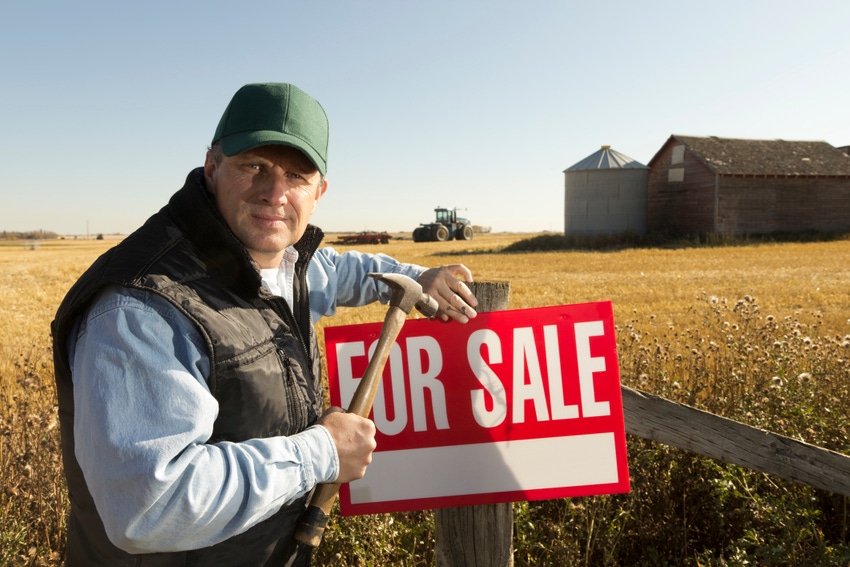
A common reaction to the lockdown brought on by the coronavirus pandemic is that the treatment is worse than the disease. You need to look no farther than the American farm to see the damage created by the lockdowns across the country.
Farmers were already barely getting by. The coronavirus and the resulting lockdown only made it worse. North Carolina State University Agricultural Economist Nick Piggott has crunched the numbers and concluded that farming will likely be unprofitable in 2020 thanks in part to the coronavirus.
Piggott notes that farm commodity prices have taken double-digit percentage losses since the coronavirus crisis began. Moreover, the coronavirus catastrophe has changed the way America is now consuming food, and the significant spike in unemployment and loss of income will shift and change the demand for food, influencing the profitability of agriculture at the farm gate.
The farm economy was already suffering tremendously prior to the coronavirus pandemic. The American Farm Bureau Federation points to data from U.S. courts showing year-to -year farm bankruptcies increased 23 percent by March of this year. Farm Bureau’s Market Intel report shows a total of 627 filings during the 12-month period ending March 2020, marking five consecutive years of Chapter 12 bankruptcy increases, including an accelerated rate since January.
These increases in bankruptcies are not related to the coronavirus pandemic. That is certain to change, and bankruptcies will only go up due to COVID-19. The situation has weighed heavy on the heart of American Farm Bureau President Zippy Duvall, a broiler, cattle and hay producer from Greensboro, Ga.
“Each bankruptcy represents a farm in America struggling to survive or going under, which is both heartbreaking and alarming,” Duvall says. “Even more concerning, the difficulty staying afloat is made worse by the pandemic and related shutdowns as farmers are left with fewer markets for their products and lower prices for the products they do sell.”
Indeed, the treatment is worse than the disease.
The key is to fully reopen the country, from New York to Los Angeles, from the big cities to rural America that farmers call home. Open businesses and a free people, free to go where they want and spend their dollars as they see fit, will help spark demand for food and fiber and alleviate some of the pain seen by so many American farmers and ranchers.
About the Author(s)
You May Also Like






